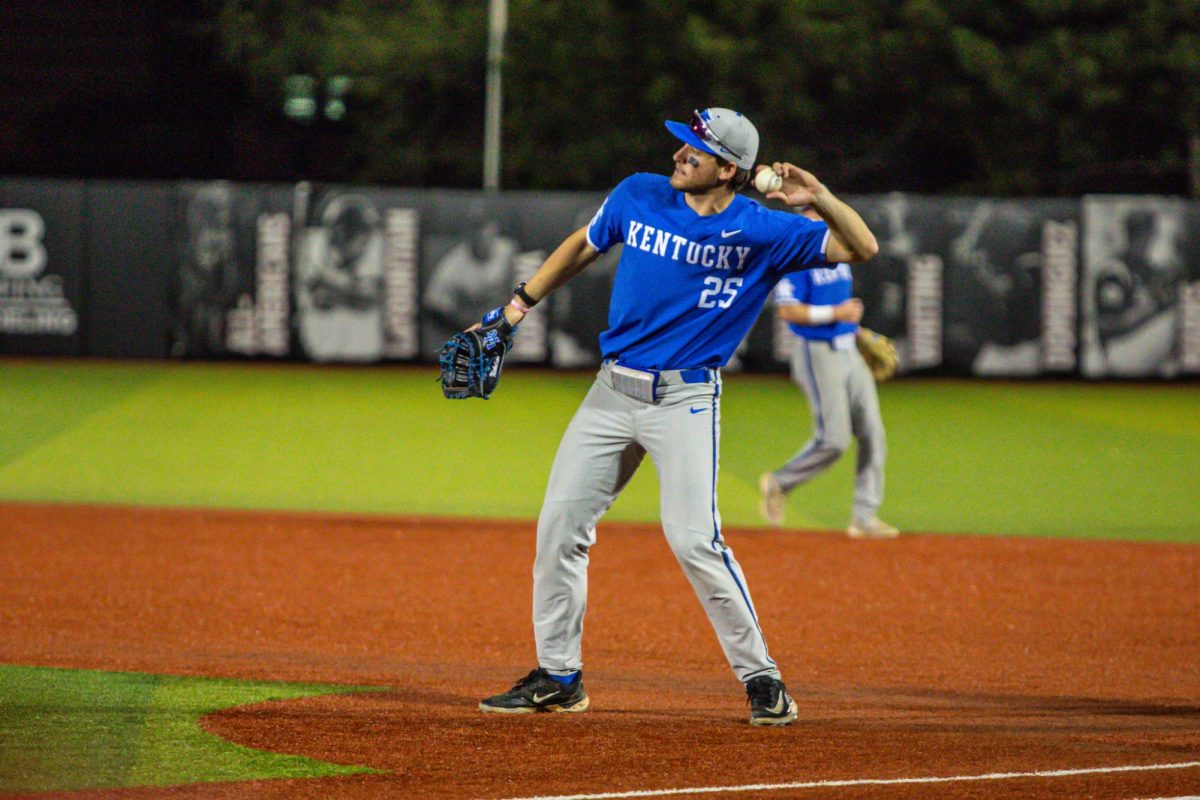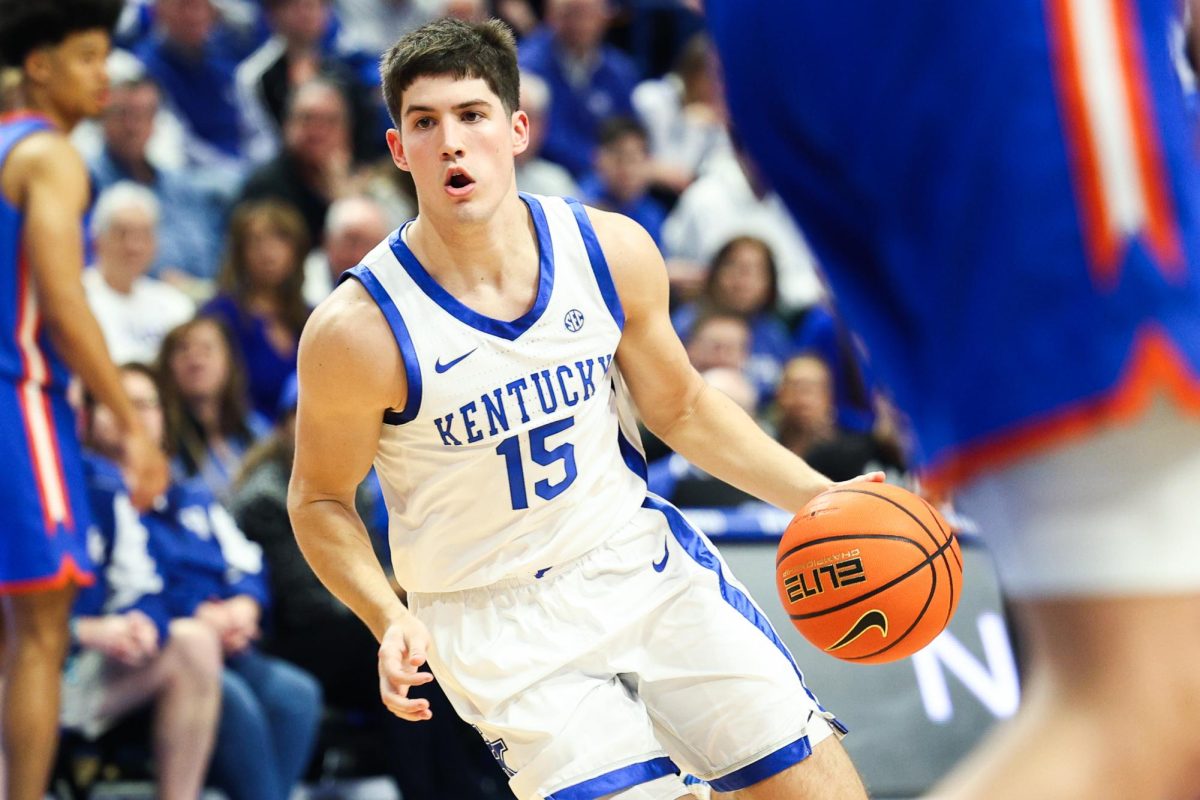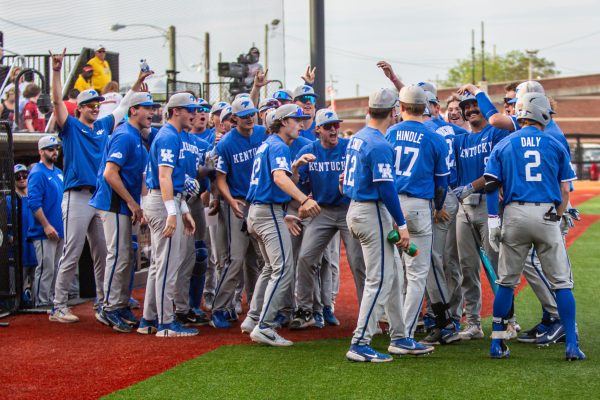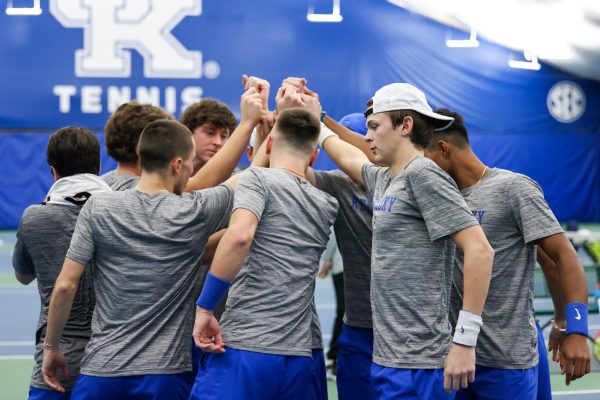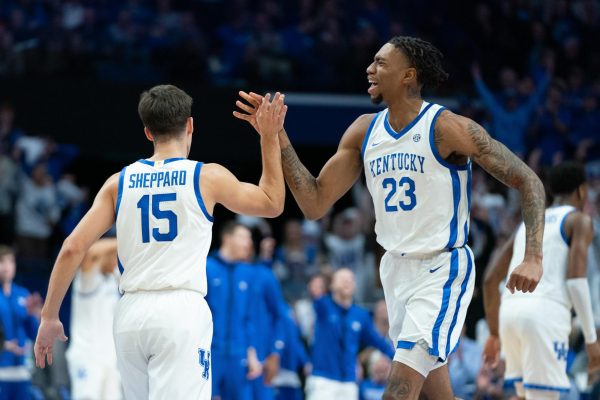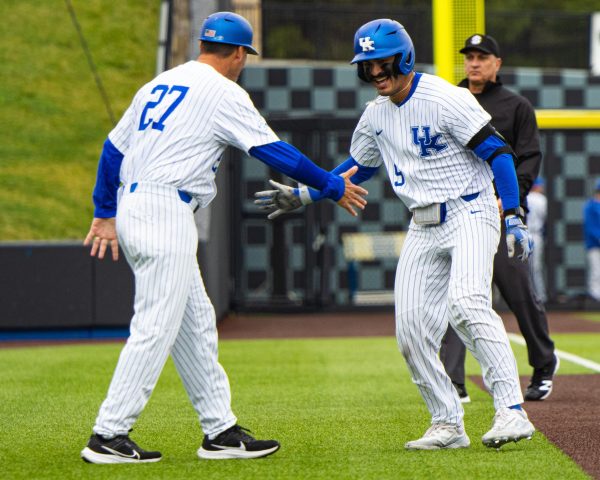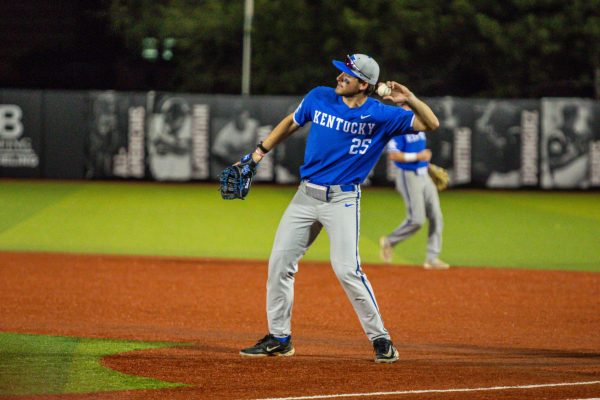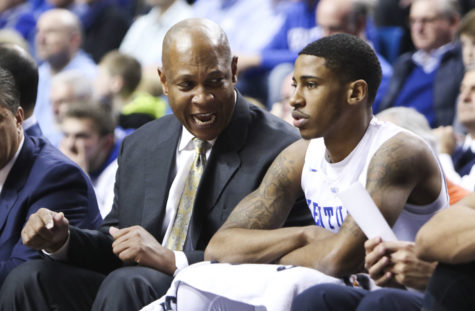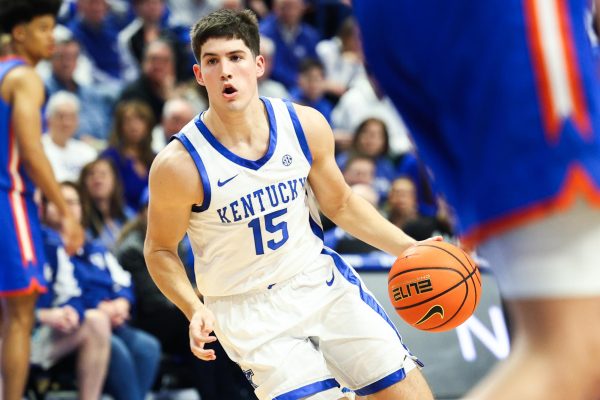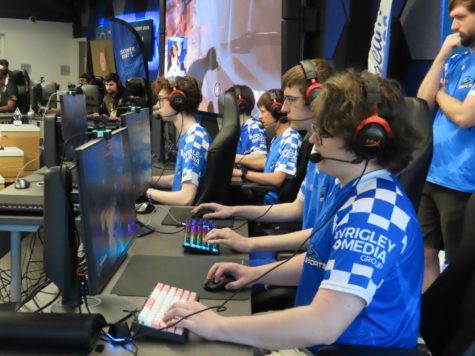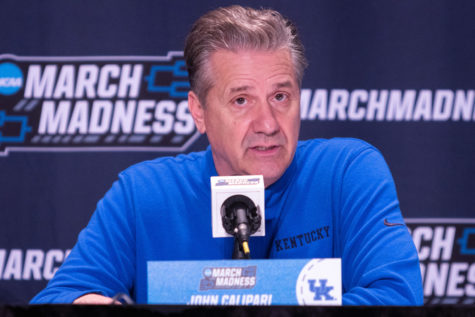SEC/ESPN deal has much to prove
April 29, 2010
Nine months ago, the SEC and ESPN agreed on a $2.25 billion media deal that seemed to promise coverage of just about anything donning the conference seal.
Nine months in, the deal has underperformed.
Across a number of media platforms (the number of which may have increased by the time this is published), the Worldwide Leader has, without a doubt, raised the profile of football and men’s and women’s basketball across the South.
That’s it, though.
In the deal, sweeteners thrown in included additional coverage for Olympic sports such as baseball, softball (which, oddly, will not be played in the 2012 Olympics), gymnastics and volleyball.
Even if such coverage was promised — and even if such coverage was aired somewhere across the ESPN universe — has anybody noticed?
The inherent problem with ESPN promising so much coverage is that it can’t all go on the flagship station or even ESPN2. If an ESPN crew is going to cover a SEC early-season baseball game in the middle of basketball season, how deep into your cable company’s sports package will you have to dig to watch?
By the time you get down to watching games live on ESPN Classic, something doesn’t feel right.
Even during football and basketball season, the deal didn’t perform. Games were aired on networks that Insight employees weren’t sure how to access.
The SEC Network (the syndicated network that filled the role of Raycom Sports) didn’t offer a marked improvement in production quality and the on-air talent was, to say the least, a major step down from all-world hoops tandem Tom Hammond and Larry Conley.
But in the other areas, what has the deal done? What about the Olympic sports?
According to the joint news release the league and ESPN sent last August, ESPN and ESPN2 would televise: at least three regular-season baseball or softball matches, three regular-season gymnastics matches, and the conference championships in those three sports.
During the gymnastics conference championships, ESPN went with an MLS game. ESPN2 had Sweet 16-round NCAA women’s basketball tournament games.
No gymnastics.
This is not to say most UK fans would have tuned in to gymnastics that night; that same night, UK lost to West Virginia with a Final Four berth at stake. But the fact is, ESPN has hardly held up its end of a deal that is inherently flawed to begin.
The heart of the deal is in football and basketball, and that side of the deal has had positives. In terms of on-air analysis, few offer more expertise in such easy-to-understand terms than Jay Bilas during basketball season. College football analyst Kirk Herbstreit is also among the finest in his line of work.
But by the time ESPN gets past its priority programming — Alabama and Florida football, and UK basketball — you may be stuck watching your favorite team play on ESPNU, with second-rate production quality and commercials for muffin pans (and other products you’d imagine would rather advertise anywhere ESPNU).
And we’re in for 14 more years of this. By the end of this thing, we may be watching spurning college baseball anyway, just so we can watch third-round coverage of all 16 SEC teams playing in the 180-team NCAA Tournament, broadcast in 3D.
Whatever it is we’re watching at that point, it still won’t be gymnastics.











































